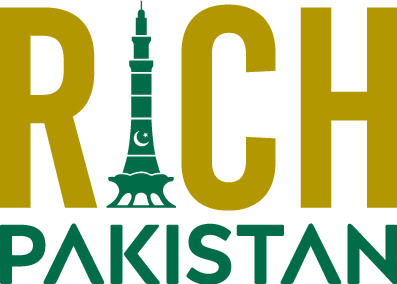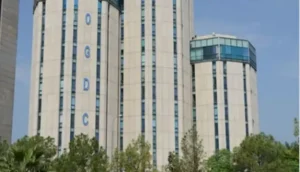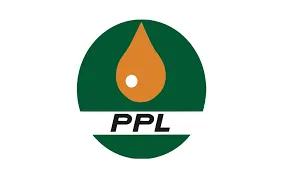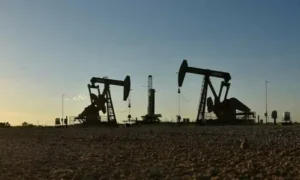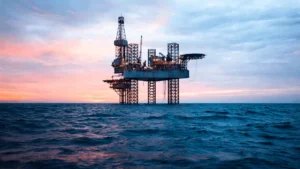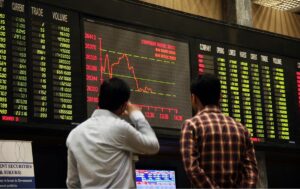Report by a U.S. Think Tank on the East-West Corridor Involving Pakistan, India, and Iran
The East-West Corridor is a proposed project to connect the five Central Asian countries—Kazakhstan, Kyrgyzstan, Tajikistan, Turkmenistan, and Uzbekistan—with Afghanistan, Iran, Pakistan, and India. This region spans 10 million square kilometers and is home to 1.8 billion people. In this region, India has the largest GDP, at $4,100 billion. Tajikistan ($12 billion), Kyrgyzstan ($13 billion), and Afghanistan ($20 billion) are smaller partners in terms of GDP.
The construction of the corridor will provide landlocked Central Asian countries with access to the coasts of Iran and Pakistan. India will be connected via Pakistan through rail and road to Afghanistan, and further to Iran and Central Asia.
The abundant mineral resources of Central Asia (oil, gas, and minerals) will be linked to India’s manufacturing sector and Pakistan’s trade networks. Iran will act as the maritime gateway.
RAND Corporation, a nonprofit global policy think tank founded in 1948 and based in Santa Monica, California, initially focused on developing future weapon systems. Later, it expanded its scope to include education, healthcare, international relations, and technology. RAND works on public policy challenges to support decision-making.
RAND Corporation published a research report on this project on February 20, 2025. Experts from India and Pakistan were included in the preparation of this report. These experts stated that the economic challenges of building this corridor are not significant. The major challenges are geopolitical pressures, relations and confrontations among major powers, a lack of trust among member countries, terrorism, and political instability.
Experts from both countries also downplayed the importance of involving major powers for access to technology, capital, and support. Instead, they emphasized that keeping these powers from influencing the project is more important. These major powers include the U.S., Europe, Russia, and China.
If built, the corridor would significantly reduce Central Asia’s dependence on Russia and China. It would deepen and expand the economies of Pakistan and Iran and provide India with easier access to Europe along with new markets and supply chains.
Note: There are two East-West corridors. The Greater Mekong Subregion East-West Corridor has already been constructed and connects Myanmar, Thailand, Laos, and Vietnam. It has transformed the industrial landscape of Thailand and Vietnam.
The East-West Corridor linking India, Pakistan, Iran, and Afghanistan with the five Central Asian countries is a different project. The research report provides guidelines for building this corridor.
According to the guidelines, the member countries should form an authoritative body named the East-West Economic Corridor Association (EWECA).
Each of the nine member countries should have one vote, and the association should have broad powers to handle internal and external matters. In the short term, the association should work on confidence-building, consensus, and decision-making. It should create a governance structure that promotes and strengthens consensus and should also handle engagement with major global powers. Initially, it should only work on projects that are non-controversial.
If an American think tank is working on the East-West Corridor, it’s a signal of how our region may evolve in the future. The world is tirelessly calculating the potential of our region, while the countries within the region find more joy in locking horns with one another. What impact can such research reports have when the countries themselves are busy pulling each other down and showing off their egos? If there were even a will for progress, we’d probably still find more satisfaction in rivalries than in development.
